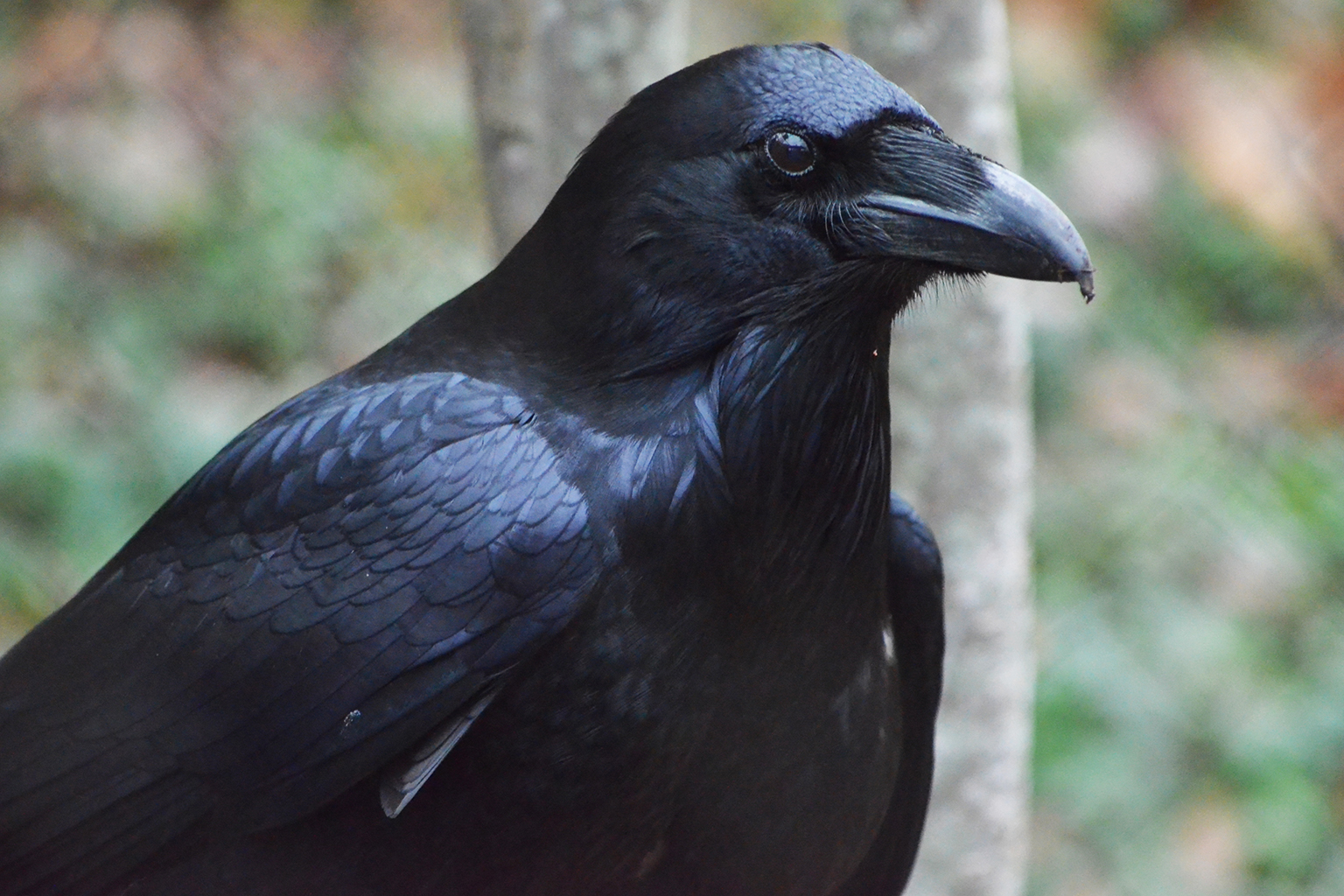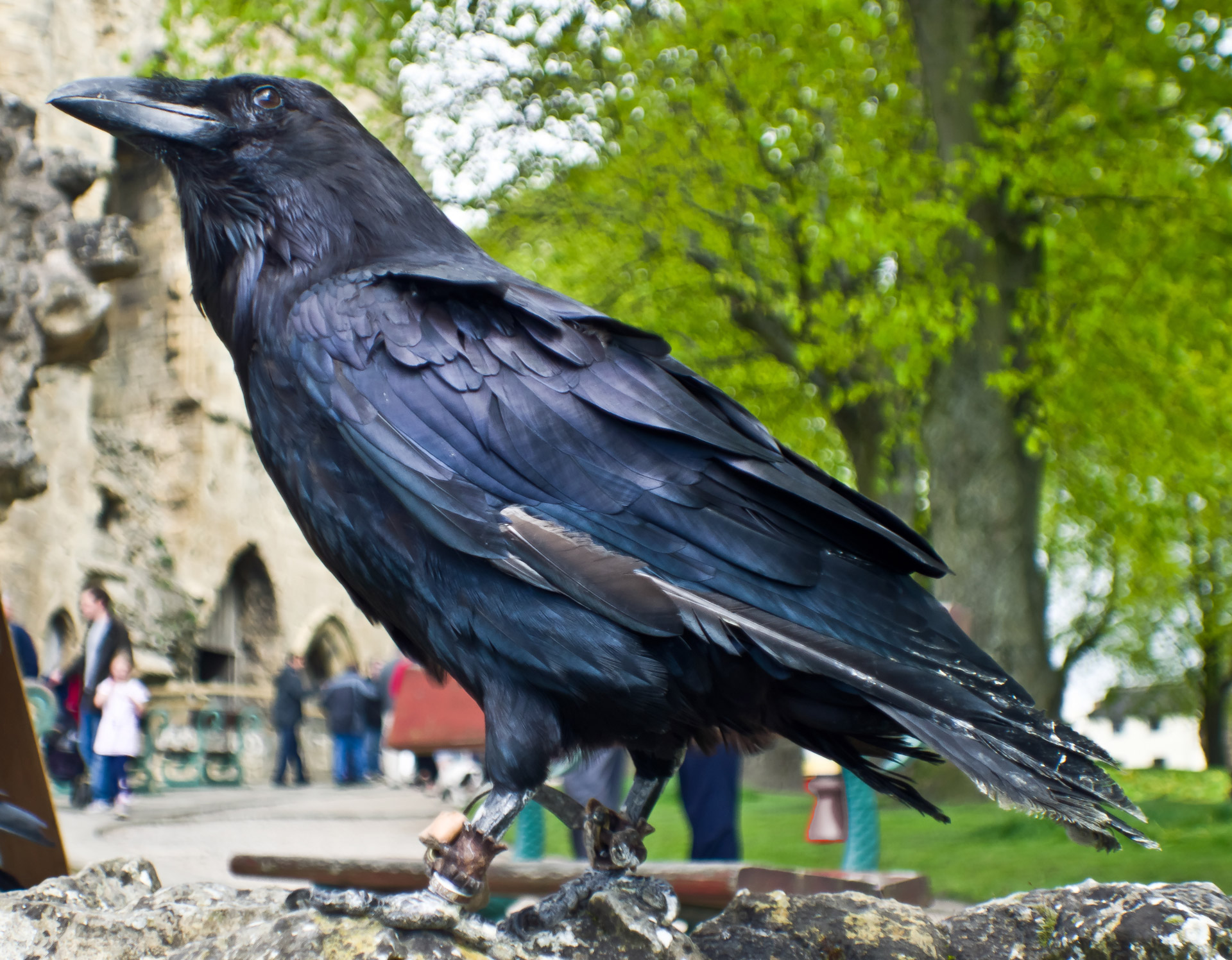Is Raven's Home LGBTQ? Unpacking The Show's Approach To Inclusivity And Representation
Many viewers, you know, often wonder about the characters they see on screen. People are, like, very curious about how shows reflect the world. A question that comes up quite a bit for fans of Disney's "Raven's Home" is whether the show includes LGBTQ+ characters or storylines. It's a topic that, in some respects, really matters to a lot of people who watch with their families.
This show, you see, is a continuation of "That's So Raven." It brings back Raven Baxter, now a mom with her own kids. The series, basically, follows her and her family as they navigate life, friendships, and, of course, Raven's psychic visions. It’s a show that, pretty much, has always been about family and acceptance.
So, we'll look at the themes of "Raven's Home." We'll talk about how the show handles different kinds of people and situations. This article will, in a way, help you understand the show's approach to being open and welcoming for everyone who watches. We will, as a matter of fact, explore some of the common questions people have.
Table of Contents
- The Question: Is Raven's Home LGBTQ?
- Understanding Representation in Media
- Character Spotlight: Raven and Nia
- Key Characters and Their Stories
- The Show's Approach to Inclusivity
- Why Representation Matters
- Common Questions About Raven's Home and LGBTQ+ Themes
- Looking Ahead: The Future of Representation
- Final Thoughts on Raven's Home and Its Message
The Question: Is Raven's Home LGBTQ?
People often ask directly if "Raven's Home" has characters who are openly LGBTQ+. The show, typically, focuses on the lives of Raven Baxter, her children Booker and Nia, and their friends and family. While the series has not, to be honest, made any of its main characters explicitly identify as LGBTQ+, it does have a strong track record. It shows, like, a world where many different kinds of people exist.
The show, you know, tends to promote messages of acceptance and understanding. It often features storylines about friendship, family bonds, and embracing who you are. These themes, arguably, create a very welcoming environment for all viewers. So, while it might not be explicit for the main cast, the spirit of inclusion is definitely there.
It's important to remember that children's television, in some respects, handles these topics in various ways. Some shows might be more direct, while others weave themes into the fabric of the story. "Raven's Home," basically, falls into the latter category. It builds a world where differences are, you know, often celebrated.
Understanding Representation in Media
When we talk about representation in media, we mean seeing different groups of people on screen. This includes, you know, people from various backgrounds, cultures, and identities. For many viewers, seeing themselves reflected in stories can be, like, very powerful. It helps them feel seen and understood.
For young people, especially, seeing diverse characters helps them learn about the world. It shows them that all kinds of families and people exist. This can, in a way, lead to more empathy and acceptance. A show like "Raven's Home," naturally, contributes to this broader conversation about what media shows us.
Representation isn't just about specific labels. It's also about showing different experiences and viewpoints. It's about, you know, creating a world on screen that feels real and inclusive. So, even without direct statements, a show can still, in fact, be very representative.
Character Spotlight: Raven and Nia
To understand the show's approach, it helps to look at some of its central figures. Raven Baxter is, of course, the heart of the show. Her daughter, Nia, also plays a very important role in many storylines. Their experiences, you know, often highlight the show's values.
Raven Baxter: Character Details
| Detail | Description |
|---|---|
| Name | Raven Lydia Baxter |
| Role | Mother, fashion designer, psychic |
| Key Traits | Witty, caring, sometimes chaotic, always there for her kids, has visions of the future. |
| Show History | Starred in "That's So Raven," now a single mom raising her kids in "Raven's Home." |
Nia Baxter-Carter: Character Details
| Detail | Description |
|---|---|
| Name | Nia Baxter-Carter |
| Role | Raven's daughter, Booker's twin sister |
| Key Traits | Intelligent, thoughtful, a bit of a rebel, often the voice of reason. |
| Show History | A main character from the start of "Raven's Home," growing up and exploring her identity. |
Key Characters and Their Stories
The stories within "Raven's Home" often touch on themes that resonate with many different people. The characters, you know, face everyday challenges and learn important life lessons. These lessons, in a way, often center on acceptance and understanding.
The show, basically, builds a world where characters support each other. They help each other through tough times. This kind of environment, you know, naturally fosters a sense of belonging for everyone. It shows that, at the end of the day, family and friends are what truly matter.
It's worth noting that the show has, you know, always been about different kinds of people coming together. This legacy from "That's So Raven" continues strongly in "Raven's Home." The show, apparently, aims to reflect a diverse world.
Nia Baxter-Carter's Journey
Nia, Raven's daughter, is a character who, like, goes through many typical teen experiences. She deals with friendships, school, and finding her own way. Viewers have, in fact, sometimes wondered about her identity as she grows up.
Her storylines often focus on her friendships and her strong sense of self. She is, you know, a character who stands up for what she believes in. While the show has not, to be honest, explicitly defined Nia's sexual orientation, her journey is one of self-discovery. This is, in a way, a journey many young people experience.
The show portrays Nia as a confident and independent young person. Her relationships with her friends, you know, are shown as supportive and caring. This emphasis on positive connections is, basically, a core part of her character arc.
Booker Baxter-Carter's Experiences
Booker, Nia's twin brother, also has his own unique path. He, you know, inherited Raven's psychic abilities, which adds a lot of fun to the show. His experiences often involve learning to use his visions and navigating school life.
Booker's stories, you know, typically involve understanding others and being a good friend. He learns about responsibility and how his actions affect those around him. These lessons, in a way, are universal. They teach about kindness and empathy.
The show, as a matter of fact, often puts Booker in situations where he has to understand different perspectives. This helps him, and viewers, appreciate diversity. His journey, you know, is about growing up and learning to be a good person.
Other Characters and Diversity
"Raven's Home" includes a range of supporting characters who add to its diverse feel. From friends to neighbors, the show features people from many different backgrounds. This, you know, helps create a world that feels very real and inclusive.
The show has, in fact, introduced characters with different abilities and family structures. It also features, you know, a cast that reflects many cultures. This broad representation, basically, shows that the show aims to be welcoming to all audiences.
The focus is often on how characters relate to each other, regardless of their differences. This message of unity and acceptance is, you know, a constant theme. It's something that, in a way, makes the show very special for families.
The Show's Approach to Inclusivity
Disney shows, you know, have a long history of promoting positive values. "Raven's Home" continues this tradition by emphasizing inclusivity. It does this through its storylines, its characters, and the overall tone of the show.
The show, basically, creates a safe space where characters can be themselves. They can explore their interests and express their feelings. This kind of environment, you know, is very important for young viewers. It teaches them about self-acceptance.
Inclusivity on "Raven's Home" is often about showing different kinds of families and friendships. It's about, you know, celebrating what makes each person unique. The show, in fact, works to make sure everyone feels like they belong.
For example, the show might feature a storyline where a character learns about a new culture. Or, it might show friends from different walks of life coming together. These moments, you know, build a broader understanding of the world. They are, in a way, very important lessons for young people.
The show's creators, you know, seem to put effort into making the cast and stories reflect the world around us. This means including people who look different, think different, and have different experiences. It's about, you know, showing that everyone has a place.
This approach, in fact, goes beyond just showing different faces. It's about, you know, telling stories that highlight common human experiences. It's about showing how people can connect, even with their differences. This is, you know, a core part of the show's message.
So, while specific labels might not be used for main characters, the overall message is one of openness. The show, you know, encourages viewers to be kind and accepting of everyone. This is, basically, a very powerful message for a children's show.
Why Representation Matters
Seeing different types of people on TV is, you know, very important for many reasons. For young viewers, it helps them understand the world outside their own experiences. It shows them that, in fact, many different kinds of people exist.
When children see characters who are like them, it can build self-esteem. It can make them feel, you know, more confident in who they are. This is, in a way, a really big deal for kids who might feel different. It shows them they are not alone.
Representation also helps reduce stereotypes. When shows feature diverse characters, they break down old ideas about what certain groups of people are like. This can, you know, lead to more understanding and less prejudice in the real world.
For example, seeing a character who is a person of color in a leading role, like Raven, helps normalize that. It shows that, you know, anyone can be a hero or a main character. This is, in fact, a very good thing for all children to see.
It also prepares children for a diverse society. The world, you know, is full of people from all walks of life. Seeing this reflected on screen helps children learn to interact with and appreciate differences. It's about, you know, building a more accepting future.
Shows like "Raven's Home," basically, play a part in shaping how young people view the world. By including a range of characters and themes, they help foster a sense of belonging for everyone. This is, in a way, a very important contribution to society.
To learn more about the positive effects of diverse media, you can check out resources on a reputable media diversity website. It's a topic that, you know, has a lot of research behind it. This kind of information, frankly, helps us understand the impact of shows like

Common Raven | San Diego Bird Spot

Raven | The Maryland Zoo

Raven Free Stock Photo - Public Domain Pictures